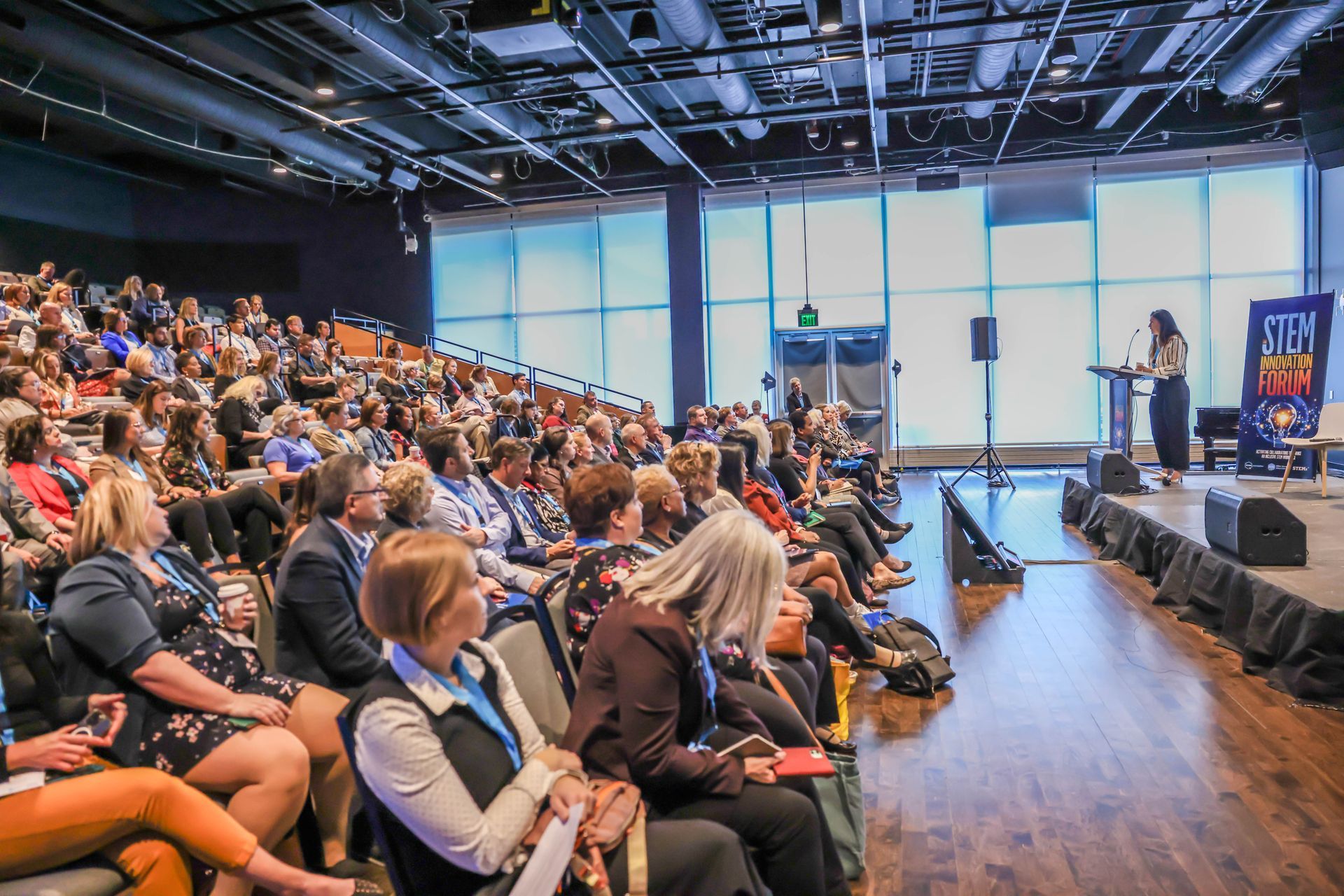Computer Science framework unveiled
by Mike Feder, Director of STEMx
In 1892, an influential group of educators released a document that outlined the eleven core subjects U.S. schools should teach. 1 They aimed to create an academic core that would prepare students for college. Since then, we’ve dropped Latin and Greek. Other than that…the list hasn’t seriously changed. Until now.

Mike Feder, Director of STEMx
Across the country, schools are working to make computer science classes available to all students. With change on this scale, states are looking to guide the creation of computer science classes with standards that outline what students need to know as they progress from first grade through high school.
Authoring standards is a difficult, time-consuming process. To speed the adoption of computer science, a wide coalition has met for the past year. They didn’t aim to write new standards. Instead, this team has built a starting point for standards committees in the states. With the participation of several STEMx members, the K-12 Computer Science Framework is ready. Read the details below.
INTRODUCING THE K–12 COMPUTER SCIENCE FRAMEWORK, A MILESTONE FOR CS EDUCATION
Committee of computer science organizations releases framework to inform implementation of computer science education throughout US
The Association for Computing Machinery, Code.org, Computer Science Teachers Association, Cyber Innovation Center, and National Math and Science Initiative are pleased to announce the launch of the K–12 Computer Science Framework. The framework is intended to inform the development of standards, curriculum, and computer science pathways, and also help school systems build capacity for teaching computer science.
Developed through partnerships with states, districts, and the computer science education community, the K–12 Computer Science Framework is a significant milestone for computer science in the United States. It promotes a vision in which all students critically engage in computer science issues; approach problems in innovative ways; and create computational artifacts with a personal, practical, or community purpose. It is important to note that the framework is not a set of standards; instead, it is a set of guidelines put forth by the community that can inform standards, curriculum, and many other supports for computer science education.
A number of corporations, nonprofits, institutions, technology professionals, and notable members of the computer science education community have announced their support of the framework, including Google, Amazon, International Society for Technology in Education, Project Lead the Way, Southern Regional Education Board, New York City Department of Education, and professors from universities such as Duke, Harvard, and Stanford. A full list of supporters is available at http://k12cs.org.
“The K–12 Computer Science Framework not only includes technical concepts about computing, but also stresses the importance of creating an inclusive culture in the field, promoting collaboration among students, and communicating effectively about technology,” said Mehran Sahami, the Associate Chair for Education in the Computer Science department at Stanford University. “In this regard, the framework provides skills that generalize beyond computer science while also giving students an understanding of fundamental computing concepts that will serve them well in whatever career they choose to pursue.” Sahami also co-chairs the Association for Computing Machinery Education Board and Education Council.
As computing has become an integral part of our world, public demand for computer science education is high. Unfortunately, the opportunity to learn computer science does not match public demand. Most U.S. schools do not offer a single course in computer science and programming (Gallup, 2015), and many existing classes are not diverse and representative of our population (College Board, 2016). State and local education agencies have begun to adopt policies and develop key infrastructure to support computer science for all students and have expressed mutual interest for guidance in this new frontier.
As a step towards solving issues of demand and diversity in this learning field, the K–12 Computer Science Framework illuminates the big ideas of computer science through a lens of concepts (i.e., what students should know) and practices (i.e., what students should do). These concepts and practices are designed to be integrated to provide authentic, meaningful experiences for students engaging in computer science.
For more information about the K–12 Computer Science Framework, including a list of practices and concepts, visit http://www.k12cs.org.




